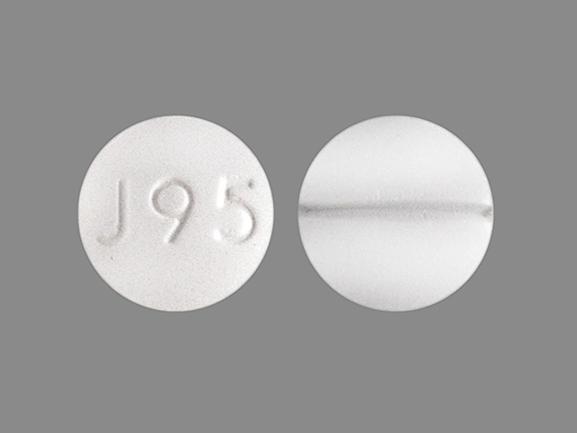Tapazole Disease Interactions
There are 3 disease interactions with Tapazole (methimazole).
Thioamide derivatives (applies to Tapazole) blood dyscrasias
Major Potential Hazard, Moderate plausibility. Applicable conditions: Neutropenia, Thrombocytopenia
The use of thioamide antithyroid agents may infrequently be associated with the development of blood dyscrasias, primarily agranulocytosis but also leukopenia, thrombocytopenia, and aplastic anemia. Most cases of agranulocytosis occur within the first two months of therapy, with incidence declining gradually thereafter. Patients older than 40 years of age and those receiving more than 40 mg/day of methimazole appear to be at substantially increased risk (a dosage association has not been reported for propylthiouracil). Therapy with thioamide derivatives should be administered cautiously in patients with or predisposed to blood dyscrasias and/or bone marrow depression. Clinical monitoring of hematopoietic function is recommended, with particular focus on leukocyte and differential counts. Because leukopenia (i.e. leukocyte count < 4000/mm3) may also occur in 10% of patients with untreated hyperthyroidism and is often associated with relative granulocytopenia, baseline count should be determined prior to initiating antithyroid medication. Patients should be instructed to immediately report during therapy any signs or symptoms suggestive of myelosuppression such as fever, sore throat, local infection, easy bruising, or bleeding. Cessation of antithyroid drug and institution of appropriate supportive measures are necessary if agranulocytosis or aplastic anemia develops.
Thioamide derivatives (applies to Tapazole) hepatotoxicity
Major Potential Hazard, Low plausibility. Applicable conditions: Liver Disease, Alcoholism
The use of thioamide antithyroid agents has been associated with hepatotoxic effects, including transient elevations of serum transaminases and, rarely, cholestatic jaundice, fulminant hepatitis, hepatic necrosis, encephalopathy and death. Therapy with thioamide derivatives should be administered cautiously in patients with preexisting liver disease, a history of alcohol abuse, or hepatitis. Treatment should be discontinued if deterioration in liver function or other signs of hepatic injury occur. The jaundice associated with methimazole-induced hepatitis may persist for several weeks after withdrawal of the medication.
Thioamide derivatives (applies to Tapazole) hypoprothombinemia
Major Potential Hazard, Low plausibility. Applicable conditions: Bleeding, Coagulation Defect, Thrombocytopathy, Vitamin K Deficiency
Thioamide antithyroid agents may interfere with the action of vitamin K and have been reported in isolated cases to induce hypoprothombinemia and bleeding. Myelosuppression rarely resulting in thrombocytopenia has also been reported. Therapy with thioamide derivatives should be administered cautiously in patients with significant active bleeding or a hemorrhagic diathesis, including hemostatic and/or coagulation defects associated with hemophilia, vitamin K deficiency, hypoprothombinemia, thrombocytopenia, thrombocytopathy, or severe hepatic impairment. Clinical monitoring of prothrombin time or INR is recommended.
Switch to professional interaction data
Tapazole drug interactions
There are 64 drug interactions with Tapazole (methimazole).
More about Tapazole (methimazole)
- Tapazole consumer information
- Check interactions
- Compare alternatives
- Reviews (4)
- Drug images
- Side effects
- Dosage information
- During pregnancy
- Drug class: antithyroid agents
- Breastfeeding
Related treatment guides
Drug Interaction Classification
| Highly clinically significant. Avoid combinations; the risk of the interaction outweighs the benefit. | |
| Moderately clinically significant. Usually avoid combinations; use it only under special circumstances. | |
| Minimally clinically significant. Minimize risk; assess risk and consider an alternative drug, take steps to circumvent the interaction risk and/or institute a monitoring plan. | |
| No interaction information available. |
See also:
Further information
Always consult your healthcare provider to ensure the information displayed on this page applies to your personal circumstances.


